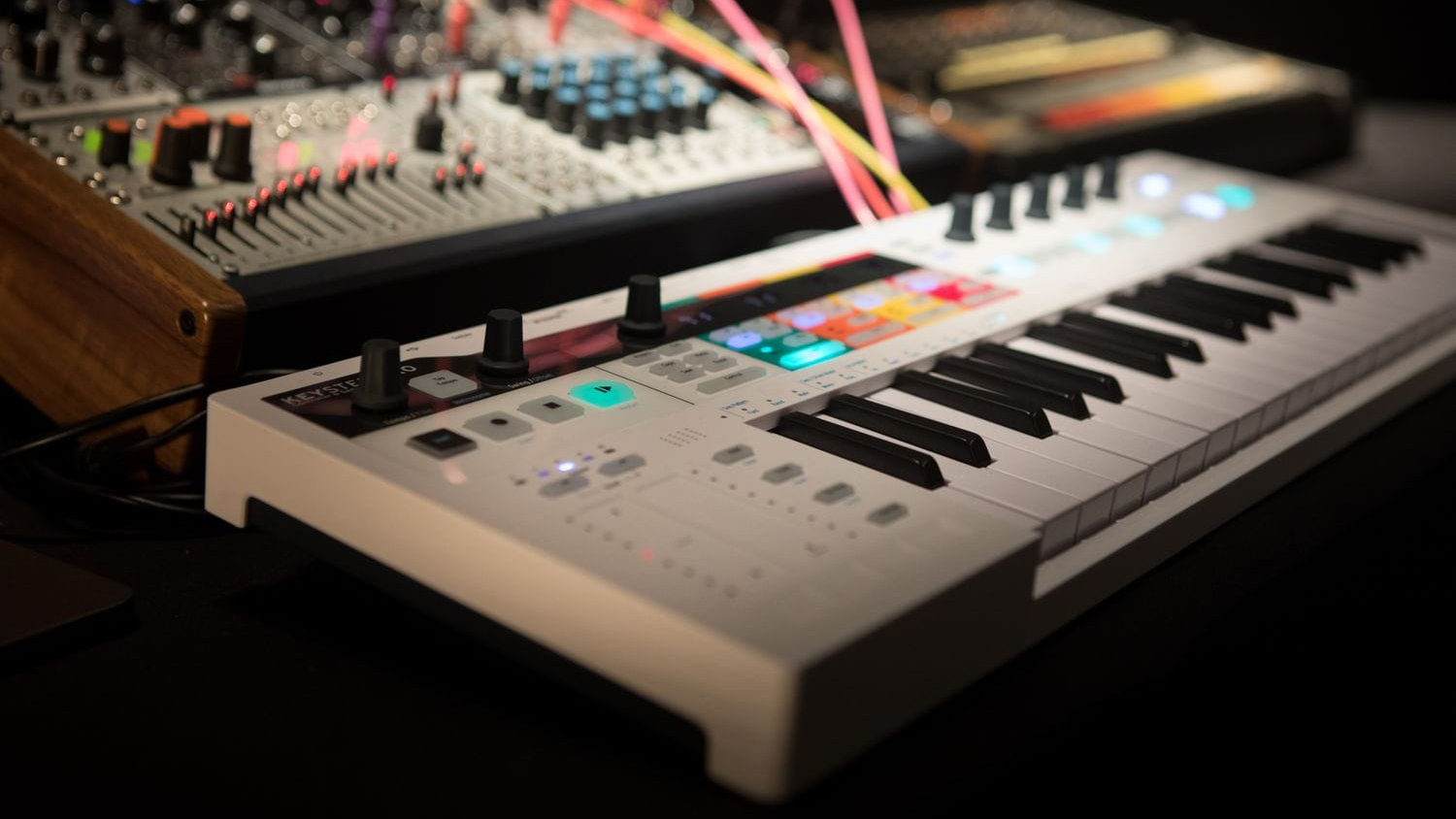
If the sample rate is 44.1kHz, the highest frequency that can be captured and stored is a bit less than half of the sampling frequency, or around 22kHz. If lower sampling rates are used, the original signal’s information may not be completely recoverable from the sampled signal or it may result in an audible artifact known as “aliasing.” (We’ll talk more about aliasing later in this article.) As long as the Nyquist limit (the Nyquist limit is half the sample rate) exceeds the highest frequency of the signal being sampled, the original analog signal can be reconstructed without loss. The theorem states that when the sampling frequency is greater than twice the maximum frequency of the signal being sampled, the original signal can be faithfully reconstructed. The science behind sample rates goes back to the 1940s, with the development of the Nyquist–Shannon theorem. Audio CDs, for example, have a sample rate of 44.1kHz, which means that the analog signal is sampled 44,100 times per second. It’s measured in “samples per second” and is usually expressed in kiloHertz (kHz), a unit meaning 1,000 times per second. Repeat that measurement tens of thousands of times each second how often that snapshot is taken represents the sample rate or sampling frequency.


A “sample” is a measurement - a snapshot, if you will - at one specific time in that audio track, described in the binary language of 1s and 0s. Sample rate is literally how fast samples are taken. It’s easy to talk about the sample rates for sessions, but how much do you know about it? In this article, I’ll answer a few questions about sample rates.


 0 kommentar(er)
0 kommentar(er)
